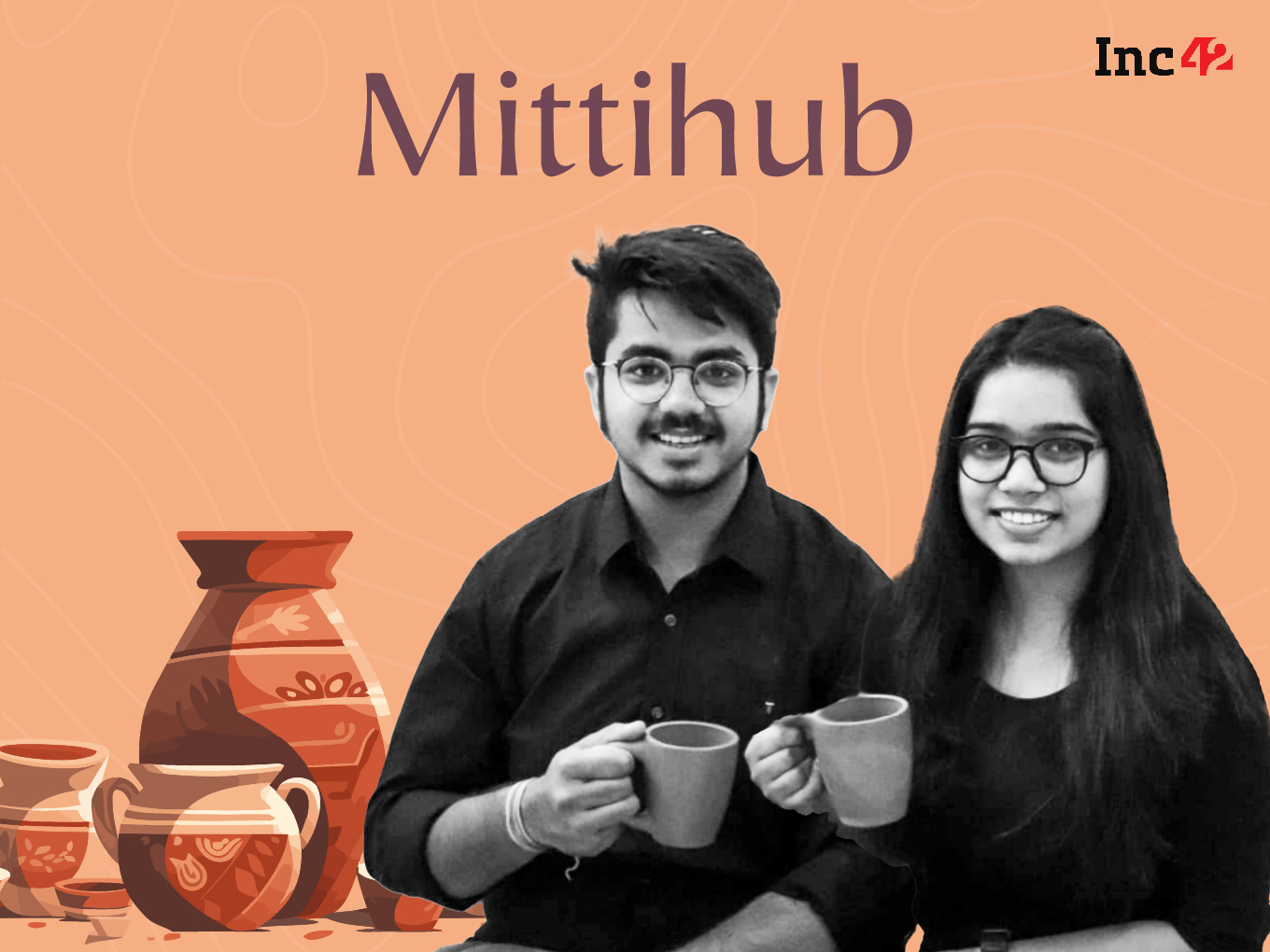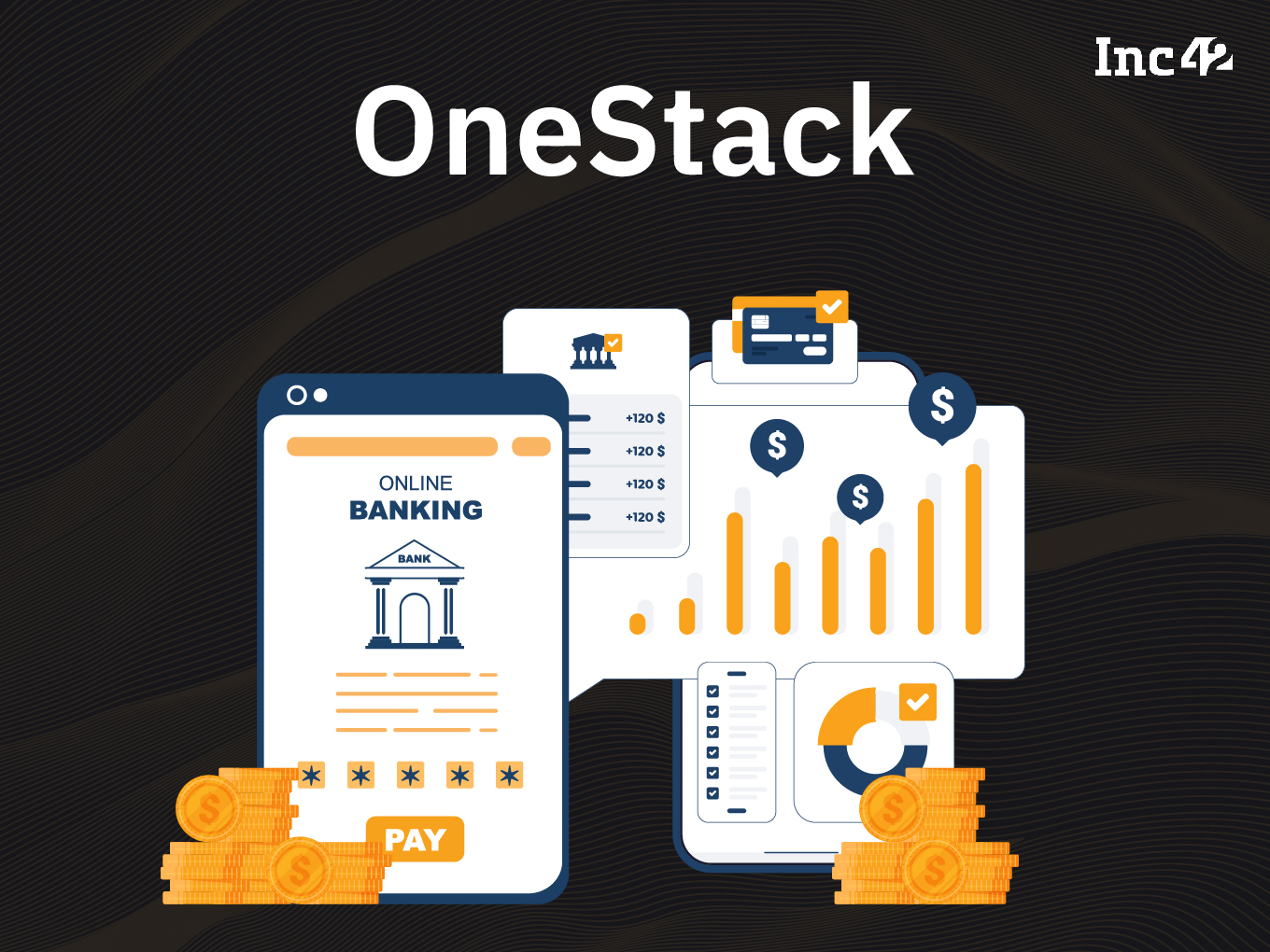Dorothy Leonard is co-author of Critical Knowledge Transfer: Tools for Managing Your Company's Deep Smarts (see my book review here). She is professor emerita at Harvard Business School and chief adviser of the consulting firm Leonard-Barton Group. Her other books are Deep Smarts, When Sparks Fly, and Wellsprings of Knowledge.
Dorothy refers to an organisation’s critical, experience-based knowledge as ‘deep smarts’. The term encompasses a combination of cognitive, behaviourial, and even physical knowledge and skills. Such know-how is often undocumented, and losing it leads to serious setbacks during times of layoffs, retirement, departures, M&A activity, and transfers.
The book presents a range of techniques for mapping such knowledge, and transferring it via smart questioning, assisted capture, and accelerated transfer. In this chat with YourStory, Dorothy talks about knowledge cascades, a process of capturing expertise and diffusing it to less experienced employees throughout the organisation. Such cascades ensure preservation of critical knowledge, and the development of inter-generational workforces.
Edited excerpts from the interview:
YourStory: What is your current field of research in knowledge management?
Dorothy Leonard: We continue to expand our understanding of what is required to successfully transfer knowledge. We have added significantly to the process outlined in our book – especially in terms of creating what we call a “knowledge cascade”.
By that we mean that we have increasingly been helping ‘Nextperts’ (next experts, or successors) learn to teach or disseminate through their organisations what they have learned from the Experts with whom they have been paired. In our HBR blogpost, we describe how this cascade works through methods like pay it forward (internal training classes at GE Aviation), present a challenge (scenario interpretations at Shepley Bulfinch), set up a ‘campfire’ (discuss lessons and expand on them), and translate (podcasts and wikis of expertise on technical issues at Dewberry). These resources are reviewed by the original domain experts as well.
Knowledge cascades greatly increase the value of the transfer processes we set up, since so many more employees are benefited. We have also created an entirely virtual knowledge transfer program since the book was published. This has both increased our international reach and also helped us during the pandemic.
YS: How was your book received?
DL: We have heard from a number of readers that they have set up internal knowledge transfer programmes based on our book. That was gratifying as it meant that the book was useful!
Q: In the time since your book was published, what are some notable examples you have come across of critical knowledge transfer?
DL: Some clients have chosen not to be named since their successful knowledge transfer programs are seen as a competitive advantage. But GE Aviation, one of our first clients, has given us permission to note that they are still using the Leonard-Barton Group process after more than seven years. They have been able to promote younger engineers to take over when highly experienced ones retired. Other examples are noted in the HBR blog.
YS: How have emerging technologies like artificial intelligence and machine learning impacted knowledge work? What are the opportunities and challenges opening up, and how can machines and humans be leveraged in a complementary and cooperative manner?
DL: The second question is the key one and implies that, as I believe, AI is often best utilised in conjunction with human expertise. Deep smarts® are less amenable to integration into artificial intelligence than other kinds of knowledge because so much situational judgment, understanding of interactions within an entire system, and even professional relationships constitute a key employee’s expertise.
Such expertise is based on multi-year experience within a particular organisation, so much is specific to that organisation. Moreover, one great challenge is not to forget that too much reliance on software to make decisions can lessen a human’s ability to take over in unusual situations. You have only to look at aircraft crashes to see why this challenge is important. Deep smarts® include the ability to handle novelty.
YS: Most of the case studies in your book feature big companies. How about smaller firms, SMBs, startups, and non-profits – how can they benefit from your frameworks and tools?
DL: See our HBR blog above – engineering firm Dewberry is not a large company. In fact, our clientele the last couple of years has been mostly small to mid-sized companies.
YS: You’ve rightly touched upon the new perspectives that GenNext and millennials bring to the workplace – how do you view the future of the inter-generational workforce? How will the different knowledge skills, behaviours, and expectations be aligned?
DL: We see examples of terrific innovation that can result when the often superior technological skills of the younger generation are combined with the often superior judgment and experience of the older generation.
For example, at Rheem Manufacturing, which produces hot water heaters among other equipment, younger equipment designers are highly skilled in computerised modeling and design. Whereas, the older generation designers have a tactile understanding of the product design, based on years of physical modeling.
This combining of diverse sources of knowledge is key to innovation. We have explained this in our book, When Sparks Fly: Harnessing the Power of Group Creativity. The book shows that many innovations spring from well-led group interactions. Stimulating group dynamics leads to innovative thinking.
YS: Startups and SMBs tend not to formally pay attention to knowledge sharing and transfer. How can they be persuaded on the importance of instituting formally-defined knowledge processes in this case?
Source: YourStory book review of 'Critical Knowledge Transfer'
DL: Small organisations are no less vulnerable (and usually more vulnerable) than large ones to the costs of losing critical knowledge. When expertise leaves or you have only a few experts that possess the “secret sauce” of an organisation, your business will suffer the risks and costs of mistakes (both commission and omission), loss of important relationships, and expensive re-work.
I believe no organisations can afford to leave knowledge transfer to the dubious process of osmosis or leave motivated mentoring to chance. Formal processes can be more efficient and effective than informal ones.
The process of pairing less experienced employees with experts with the intent of knowledge transfer is most effective when managers recognise the size and nature of the knowledge gap. The greater the gap, the more important is a focus on a process that spans the gap.
So, for example, pairing a true expert with a novice does not work well. Moreover, experts are not always natural effective teachers nor Nextperts efficient learners. A good process addresses both those inadequacies.
YS: What is your parting message to business leaders and knowledge managers in our audience?
DL: Simply paying deliberate, conscious attention to opportunities for knowledge-sharing can confer huge benefits.
(Edited by Teja Lele Desai)
Want to make your startup journey smooth? YS Education brings a comprehensive Funding and Startup Course. Learn from India's top investors and entrepreneurs. Click here to know more.

 3 years ago224
3 years ago224







 English (US)
English (US)